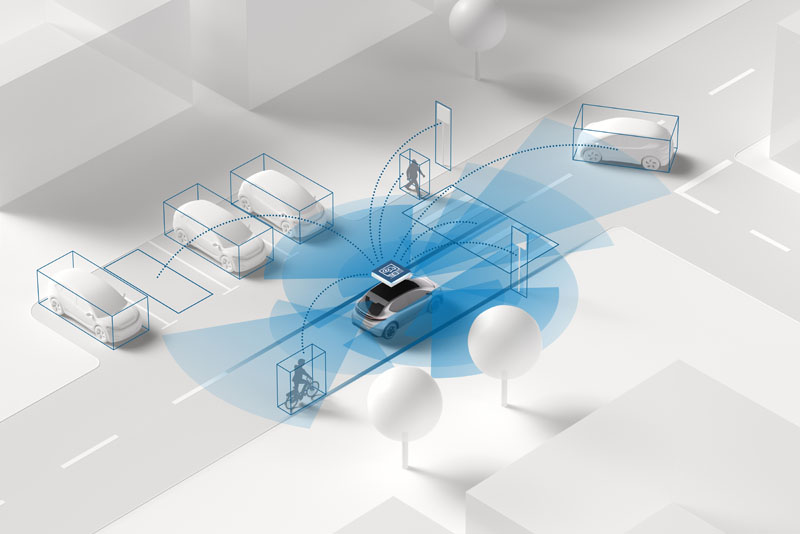
It wasn’t too long ago when the idea of a car applying the brakes by itself to avoid a collision or even parallel parking itself was science fiction. These days, it is a safety feature that can already be found in a number of vehicles on sale today. Nearly every modern vehicle on sale today has some form of Advanced Driver Assistance System (ADAS).
So what’s the next step in automotive safety? Like in many aspects of our modern lives, future auto safety systems will likely involve Artificial Intelligence (AI).
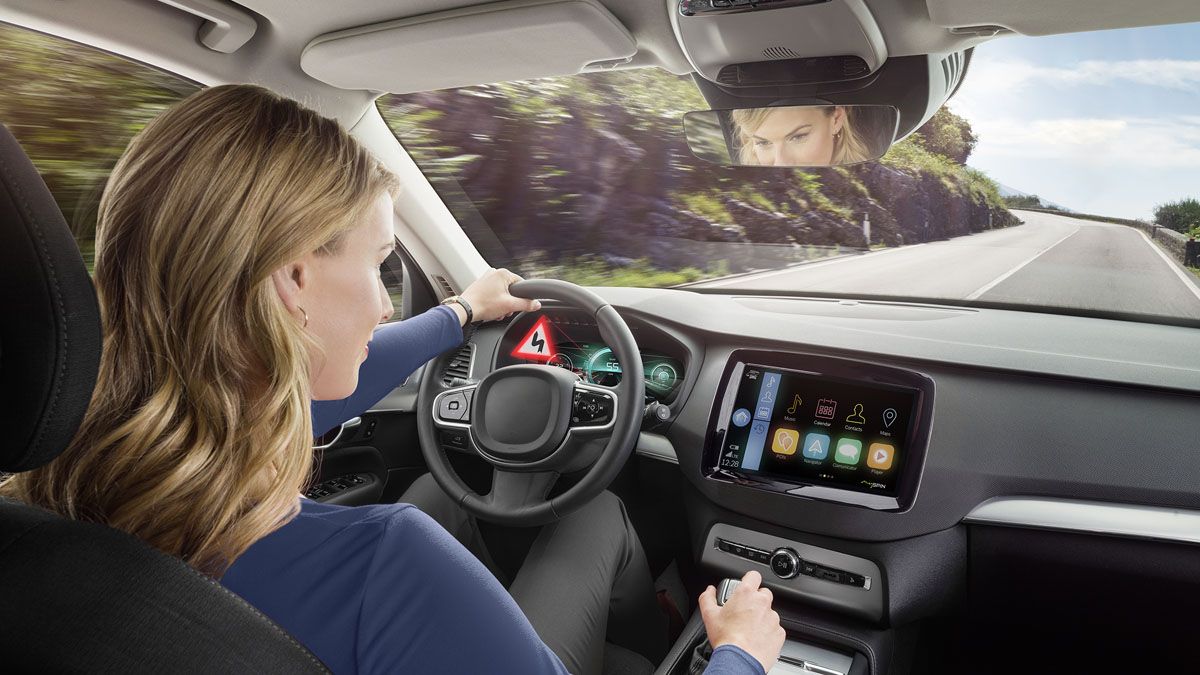
AI is not science fiction anymore; it’s already an integral part of our daily lives, whether in the form of chatbots that assist with our complaints or issues with a service provider, or writing or creating something for us, in the form of Chat GPT or Mid Journey or Dall-E.
These aren’t the only uses for AI. In fact, the automotive industry, in particular Bosch, has been researching ways to apply AI in order to make our daily drive safer.
Virtual Sunvisor
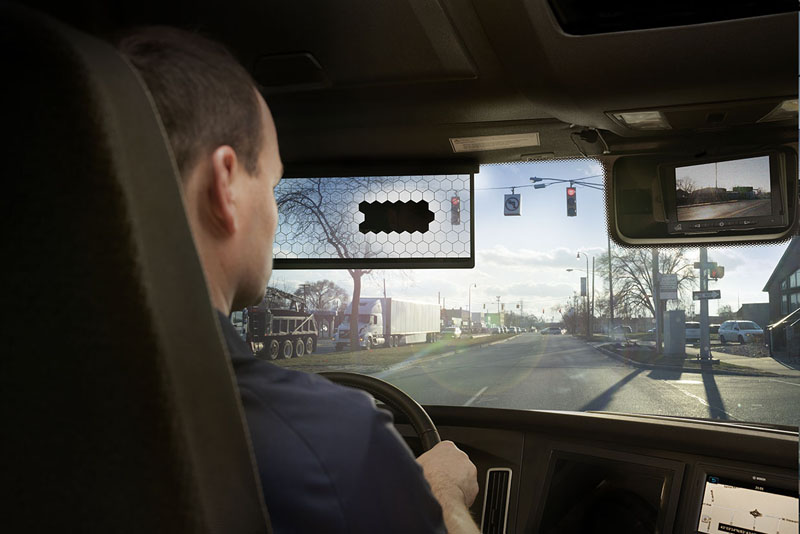
Chances are, you’ve heard of Auto Highbeam systems that automatically dim the high beams in order not to dazzle oncoming vehicles. Some luxury brands even have Matrix LED headlights that only dim the part of the beam that may hit an oncoming car while keeping all other areas bright to improve visibility.
The next safety revolution could be in improving the almost 100-year old sunvisor. Sun glare causes nearly twice as many accidents as any other type of weather-related condition.
Bosch’s “virtual visor” takes that nearly century-old design and replaces it with what looks like a see-through LCD display. It’s connected to a driver-facing camera equipped with AI facial detection and analysis. Its software calculates both the driver’s line of sight and the angle of the sun in order to strategically darken individual sections of the display. Everything else remains transparent. This helps improve visibility when driving towards the sun without blocking a significant part of a driver’s vision the way a conventional sun visor would. This technology is still in development but we could see it offered in cars very soon.
3D vehicle display
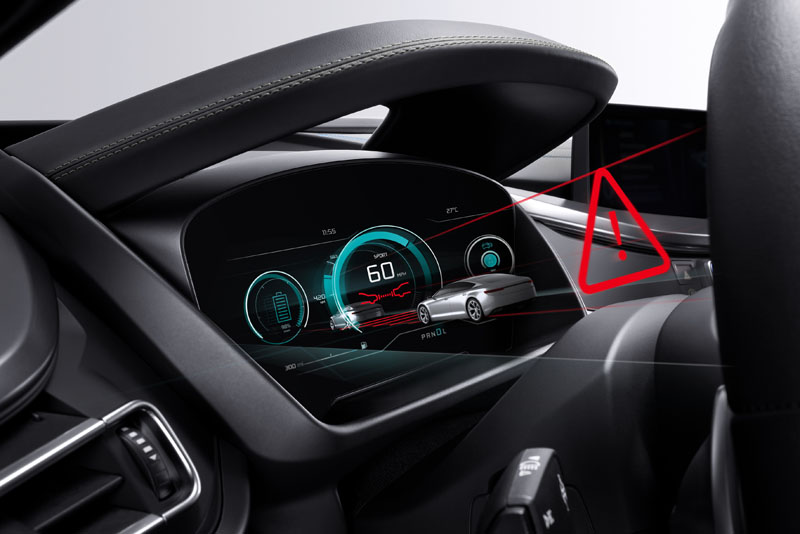
Vehicle displays these days are beginning to get cluttered. As such, it’s becoming challenging for drivers to discern which information is more critical than the others. Thankfully, Bosch is beginning to develop a new 3D vehicle display that uses multi-view 3D technology to help critical information “pop up” over the others.
Just like in a 3D film, the 3D display brings critical information closer to a driver’s attention, particularly if it’s an alert from an assistance system or a hazard warning. No need for glasses; the focus and depth of field is calibrated so that it’s still clear but appears closer than all the other information. The display’s depth of field means drivers can grasp important visual information faster, and is much more obvious and urgent.
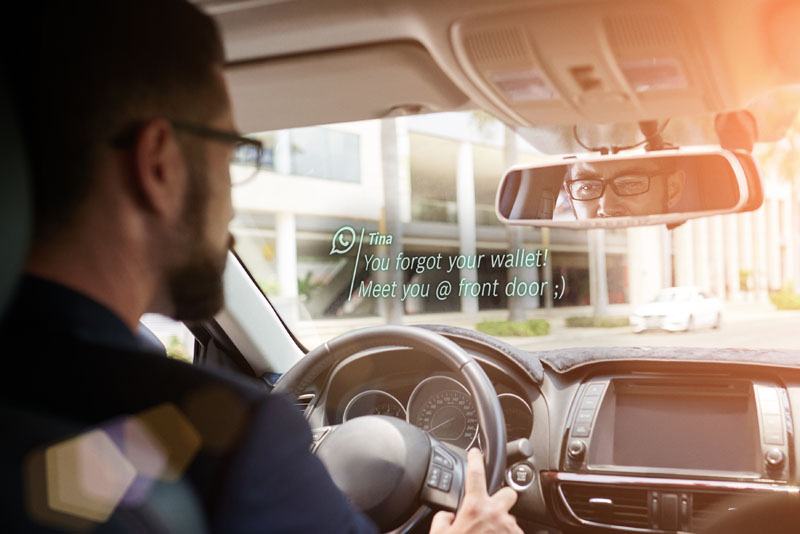
The AI element of this system determines whether the driver is already aware of this alert or is distracted by something else. It can also determine if the vehicle is in a safe environment for the driver to read a text message or even determine its urgency. It’s not available yet but could be offered very soon.
Interior Monitoring
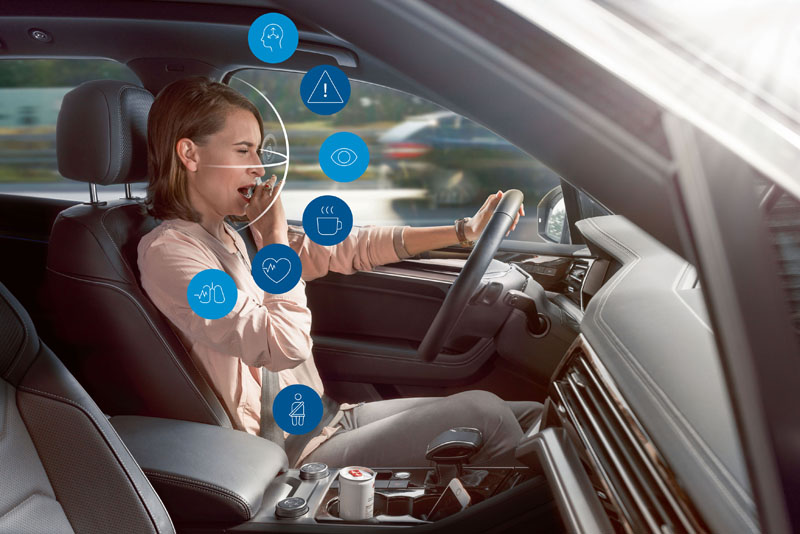
Easily one of the leading causes of accidents is distracted driving. A driver that’s immersed in a conversation, minding their child, or reading a text message may not be able to react to a situation on the road right away. As such, Bosch is developing yet another system to monitor the driver.
The Interior Monitoring system uses artificial intelligence to identify these distractions through cameras which recognize the driver’s line of sight, head position, and blink rate. When it determines a critical point has been reached, it reacts by sounding an alarm or providing driving assistance, depending on the automaker’s wishes, and also legal requirements. This technology will also play an important role in automated driving. After all, the next few development stages will still require drivers to remain alert and ready to take over in critical or tricky situations.
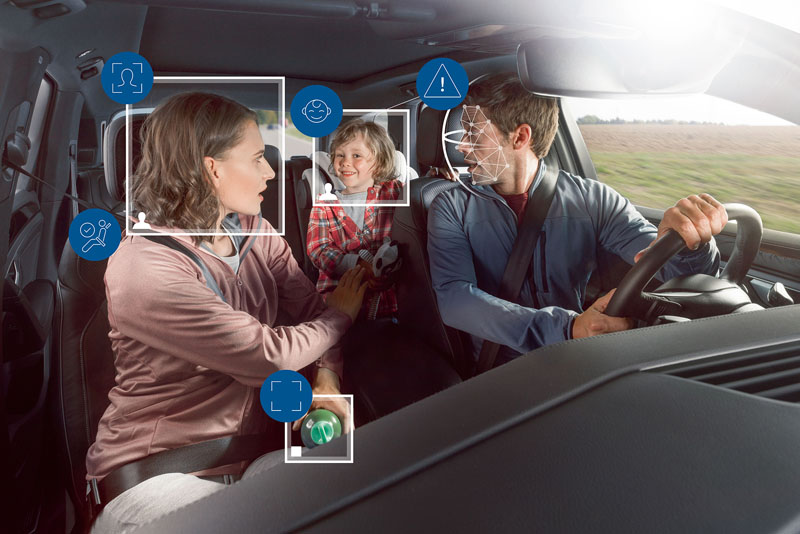
Depending on the design, some systems can also monitor the car’s other occupants and enhance their safety, for example by detecting changes in passengers’ sitting positions and adjusting their airbags and seatbelt tensioners for optimal crash protection. Or by identifying the presence of children or pets and alerting the driver when they leave the vehicle.
This system is still a few years away from being offered, however many carmakers are well aware of their value when it comes to safety.
Road condition detection and preparation
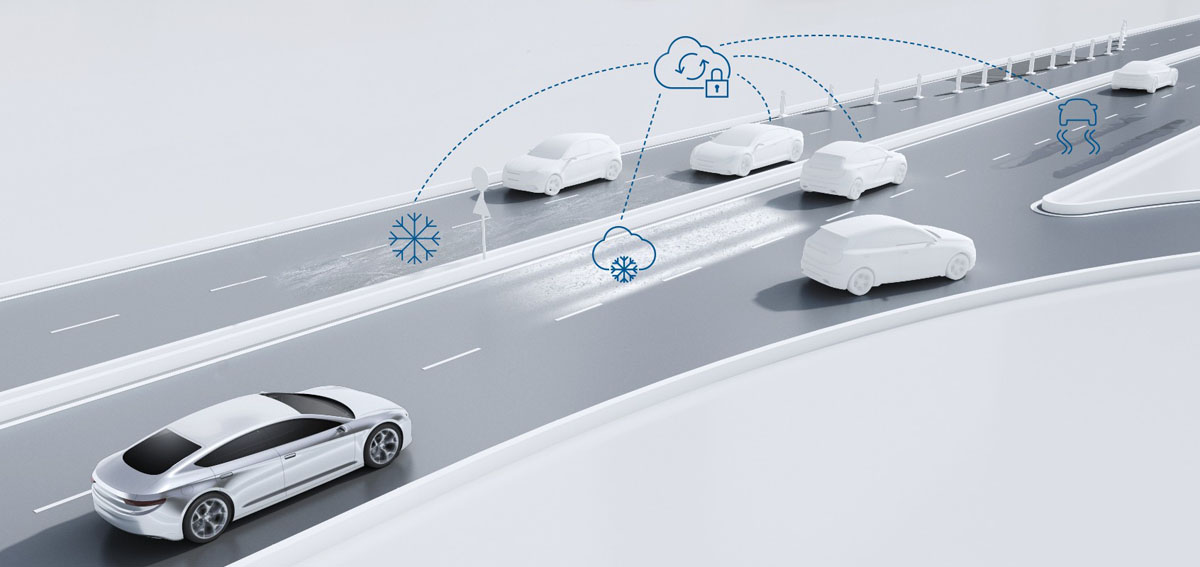
Another system being developed is something that affects how the vehicle can anticipate and adapt to changes in road conditions. Situations like wet roads, rough roads, debris on the road, or even obstacles are best avoided or driven through when the vehicle is aware of their impending arrival and can make the necessary adjustments for it.
When driving on wet roads for example, throttle and brake inputs must be gentler in order to avoid upsetting the vehicle’s balance and very little grip. For rough roads, changing a vehicle’s adaptive suspension settings can make it more comfortable for passengers. Avoiding debris or obstacles will require applying sport settings to the suspension and steering to make the vehicle more nimble and responsive.
As such, this system not only needs cameras, sensors, and processing power, but the necessary hardware like electronic steering and variable suspension to be able to cope with these changes. Nonetheless, there are already many vehicles with the necessary hardware to handle the quick changes needed. As for the AI, it will be used to look into the data from cameras and sensors, recognize the kind of road condition present and send the necessary instructions to the components to prepare to handle these situations. We may not see these features in all cars yet, but we will certainly see them make their debut in high performance and luxury vehicles very soon.
What cars will have them?
Like many of the advanced safety features that are now commonplace today, we will first see these systems offered on luxury and performance cars. Expect them to first appear in models offered by Lexus, Mercedes-Benz, Audi, BMW, and Volvo. They will serve as the test beds while this technology is being developed before being offered in more mass-market cars in the future at, hopefully, a more appealing price point.